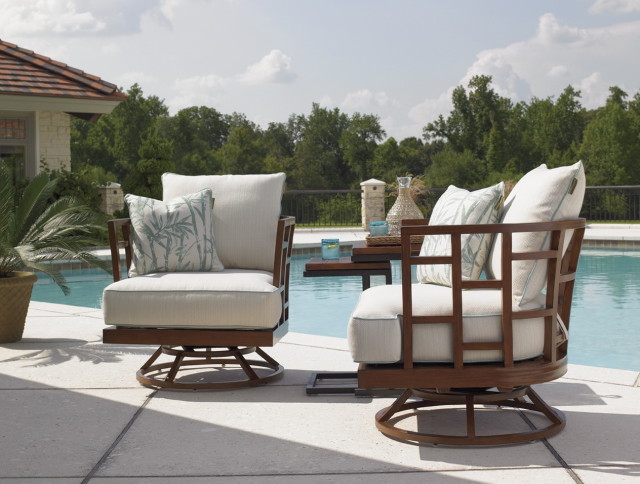Safety showers are devices designed to wash away chemicals that come into contact with skin or clothing due to chemical splashes or spills. They are also used to disinfect workers who have been exposed to chemicals or airborne toxins, such as methamphetamine.
Here’s everything you need to know.
Check the Risks
Unless your workplace only carries a small quantity of packaged flammable liquids that are not often used, you should conduct a risk assessment. This risk assessment will determine the risk of injury to your workers to help you decide on the type of emergency equipment that you’ll require.
The risk assessment should consider the following:
- The hazard: Identify what hazards are in your workplace, by asking:
– What type of injuries would the chemicals cause?
– Would both eyes be injured?
– Can the whole body be immersed?
- The treatment: Identify the treatment for the hazards.
– What is the recommended treatment time for the injury?
– What is the recommended flushing time at the injury?
– Is water suitable for flushing this chemical?
- Severity of Injury: Identify how severe the injury is.
– What quantity of chemicals are carried onsite?
– How much of the body could be covered In chemicals?
– Could the injuries be fatal or cause permanent damage?
– How many workers are injured?
All You Need to Know About: Eyewash Units
Regardless of how much flammable liquids are stored in your cabinets, you are required by law to provide eyewash equipment if the chemical containers are opened.
Eyewashes are any space where workers can safely flush out their eyes.
Based on your own workplace risk assessment, you might choose to consider the following:
Bottled Eyewash
One-use bottles of an eyewash that are handheld and can treat one eye at a time.
Self-contained Eyewash
Single or dual nozzle eyewash with a limited fluid supply.
Plumbed Eyewash
Dual nozzle eyewash that provides a steady flow of freshwater from a continuous water source.
Multiple Units
Installing additional units if there is a risk of more than one worker being injured at once.
Keep in mind:
- Eyewash stations must be able to deliver at least 1.5L of flushing liquid to both eyes for a period of 15 minutes, regardless of whether they can be self-contained or plumbed.
- Whatever eyewash options you choose, it’s essential to remember that standard taps and hoses can’t be used as eyewash equipment. This is due to eye sensitivity.
- Eyewash stations must contain water at the right temperature and filtered water.
All You Need to Know About: Hoses & Safety Showers
The emergency shower is designed to quickly remove chemicals from the body by providing flushing fluid at significant pressure. These showers can also be freestanding or have a faucet but must be able to deliver at least 75.7 L of flushing liquid in 15 minutes.
To determine the need for a safe shower in your workplace, you must assess your risk of personal injury.
For example, if a worker was saturated in a flammable liquid, even if they weren’t injured by the chemical, they have the chemical on their skin, hair and clothing, making them much more flammable. Thus, a safety shower or drench hose is critical for safety.
Here are some of the options if you want to look into installing a safety shower:
Drench Hose
This is a handheld hose plumbed to a permanent water source.
Self-contained Safety Shower
This is when a limited fluid is supplied to a full-sized shower head.
Plumbed Shower
A full body shower is connected to a permanent source of clean, fresh water.
Combination Safety Shower/eyewash
A unit that combines flushing the eyes as well as the body and is connected to a permanent water supply.
Multiple Units
This is installed in the case that more than one worker can be saturated with flammable liquids at the same time.
Choose Spill Station
Spill Station is Australia’s leading manufacturer and distributor of environment and workplace safety solutions. Founded in 1983, Spill Station is responsible for keeping Australian workers and Australian wildlife safe.
If your workplace needs a safety shower, click here to know more about Spill Station.




















